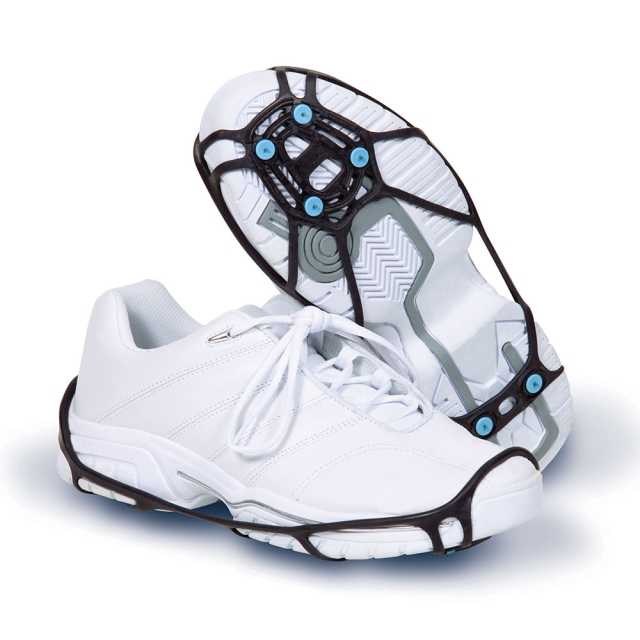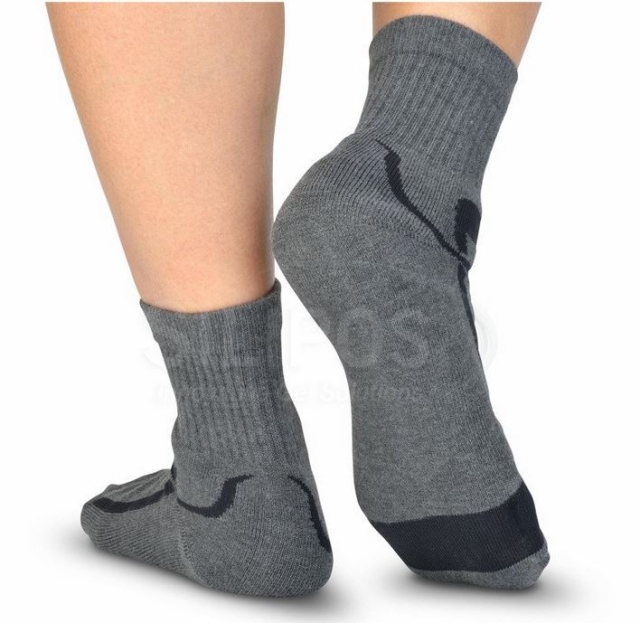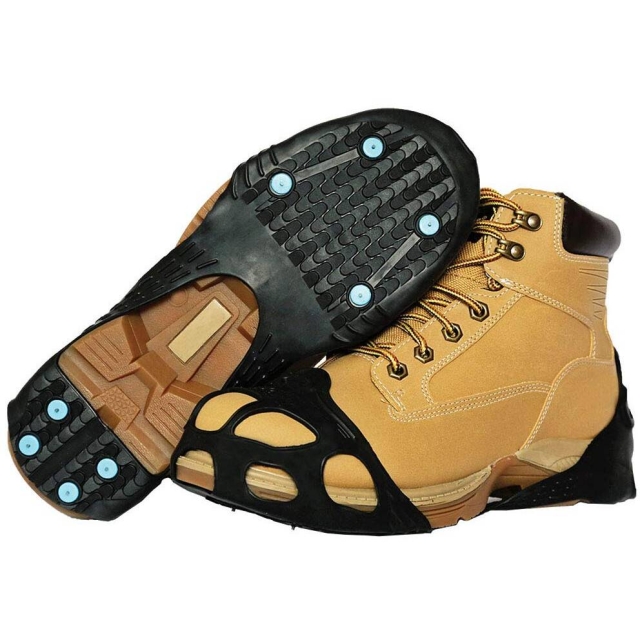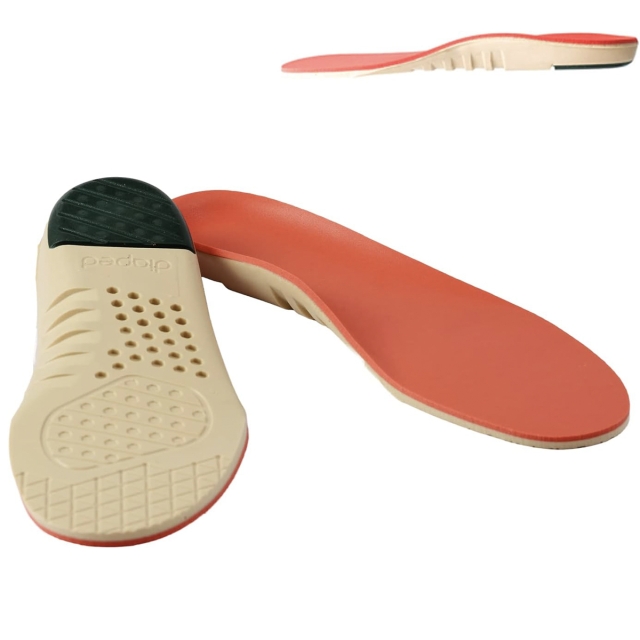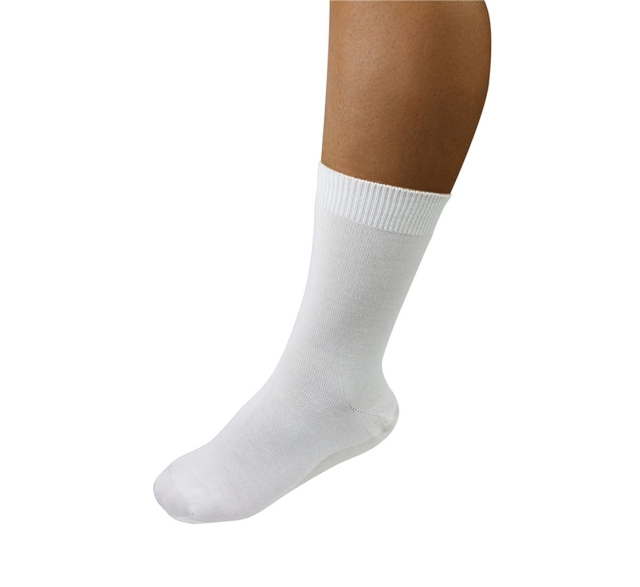Exploring the impact of cold weather on foot conditions
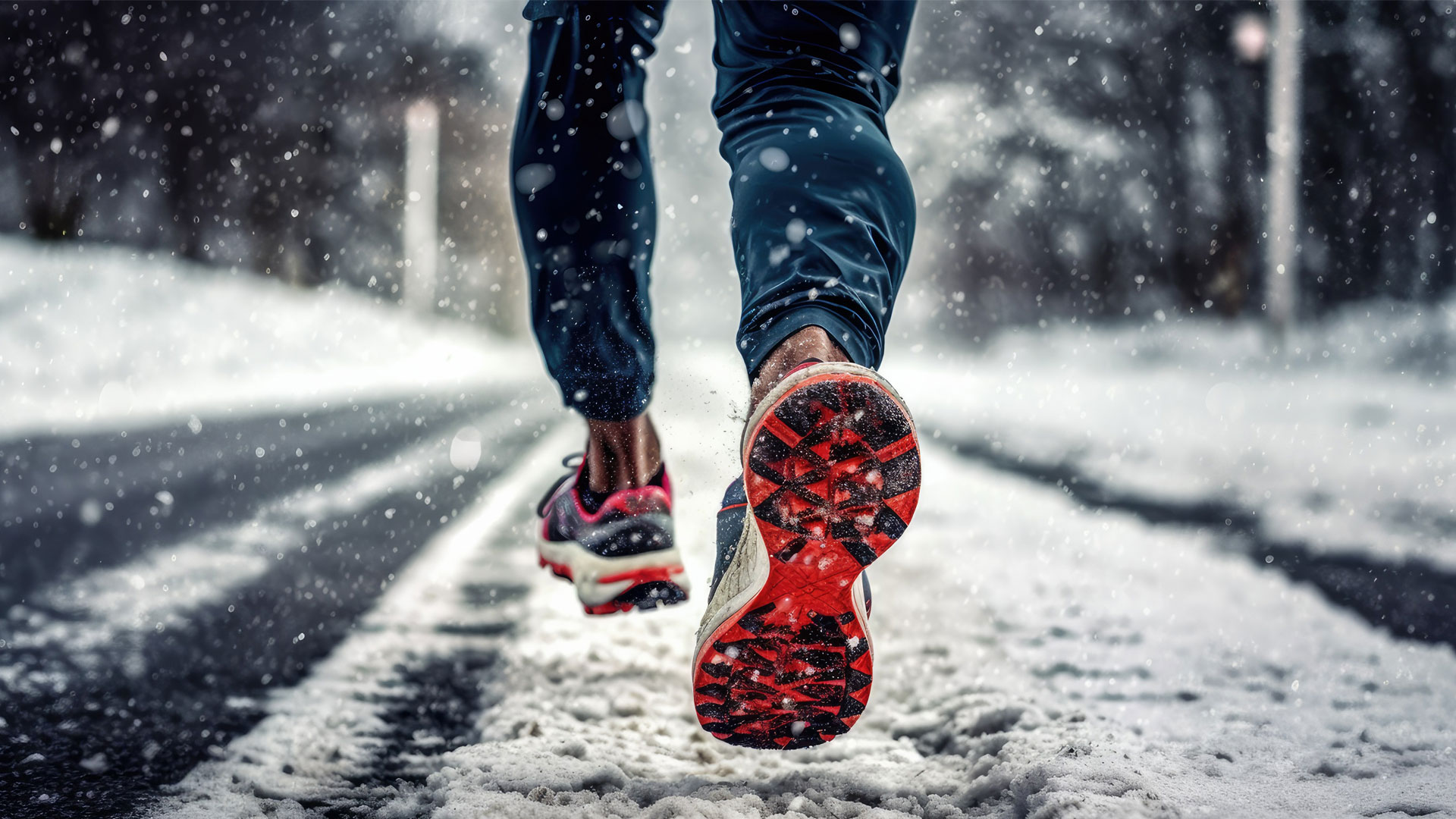
As winter approaches, bringing cold temperatures and icy conditions, it's vital to take additional measures to stay warm and safe. While staying indoors offers comfort and dryness, venturing outside exposes us to harsh weather. It's essential to be prepared for these challenging outdoor conditions during the winter months.
Cold weather impacts the body, most notably the extremities such as our feet, which are often the most vulnerable. In this blog we'll explore effective strategies and provide tips for maintaining foot health and comfort, emphasising the importance of protecting these extremities in challenging outdoor conditions throughout the winter season.
Effects of Cold Temperatures and Wet Conditions on Foot Health
Cold weather can significantly affect foot health. The drop in temperature often leads to reduced blood flow to the extremities, which can cause a decrease in sensation in the feet. This reduced sensation can be problematic as it makes it harder to notice injuries or the onset of conditions like frostbite. Wet conditions, common in winter, also pose a risk. Moisture can break down the skin, leading to potential infections and discomfort. It's crucial to keep feet dry and warm to avoid these issues.
Increased Risk for Individuals with Pre-existing Medical Conditions
For individuals with pre-existing medical conditions, such as diabetes, neuropathy, or poor circulation, the risks are heightened. These conditions can impair sensation in the feet, making it harder to detect cold or injury. This lack of sensation increases the risk of unnoticed cuts, sores, or even frostbite, which can escalate into more serious complications. Therefore, those with such conditions must take extra precautions during the colder months.
Discomfort Caused by Winter Footwear and Risk of Slips and Falls
Winter footwear, designed to be sturdy and warm, can sometimes cause discomfort. Ill-fitting boots may lead to blisters, corns, or calluses, especially when worn for extended periods. Moreover, the risk of slips and falls increases in winter due to icy surfaces. It's essential to choose footwear with good grip to reduce this risk. Additionally, while keeping the feet warm is vital, ensuring that winter shoes and socks do not restrict circulation is equally important to maintain foot health. Be sure to do your research and find footwear that is comfortable and effective at keeping feet dry and warm. If your feet become damaged in the forms of blisters or calluses, you can treat these using blister plasters or use gel inserts to reduce sheer and pressure which could escalate into more serious conditions.
In our previous section, we discussed the various challenges that cold weather poses to foot health, particularly for individuals with medical conditions. Now, let's explore some practical solutions that can help mitigate these challenges.
Incorporating the Right Footwear and Accessories
While keeping our feet warm and dry is essential, the right choice of footwear and accessories plays a pivotal role. For instance, choosing footwear with adequate insulation and grip can prevent slips on icy surfaces. But what about additional support for those with specific foot conditions?
Insoles for Added Comfort: For those who find regular winter shoes uncomfortable or inadequately supportive, adding a pair of Diaped Therapeutic Insoles can make a significant difference. Therapeutic are designed to provide extra cushioning, which is especially beneficial for those with painful arthritic feet.
Specialised Footwear for Sensitive Feet: For individuals with diabetes or other conditions that make their feet more susceptible to injury, standard winter boots might not provide the necessary support. Options such as the DARCO Wound Care Shoes offer a balance between protection and comfort, specifically tailored for sensitive feet.
Protective Socks for Enhanced Warmth: Cold weather can exacerbate issues for those with neuropathic feet. A pair of Silipos Arthritic/Diabetic Gel Socks can provide the needed warmth and cushioning, reducing the risk of pressure sores and ulcers.
Shoe Grips
You can add an extra layer of safety to your winter outings, using shoe attachments like 'Get-a-Grip', which are designed to boost grip and minimize the risk of slipping on wet or icy terrain. These practical accessories. Whether you're a patient seeking added support or an individual who values surefootedness in challenging conditions, 'Get-a-Grip' shoes can be a valuable addition to your winter gear.
Seeking Professional Advice for Foot Health in Winter
If you are experiencing issues with your feet, especially during the winter months, it is advisable to consult a podiatrist or healthcare professional. They can offer tailored advice, suited to your specific condition, whether it's related to chronic issues like diabetes or arthritis, or general discomfort caused by winter conditions. A professional can also recommend appropriate products, such as specialised insoles or protective footwear, and provide ongoing monitoring and care to ensure your foot health is maintained throughout the winter season.
In conclusion, navigating foot care during the winter months, particularly for those with existing medical conditions, demands a combination of self-care, appropriate product use, and professional medical advice. Understanding how the cold weather affects various foot conditions, from Raynaud's disease to diabetic neuropathy, and taking proactive measures like using specialized footwear and socks, can significantly improve foot health and comfort. Always remember, if you experience any foot issues, consulting a healthcare professional is crucial. By following these guidelines, you can keep your feet healthy and comfortable throughout the winter season.



